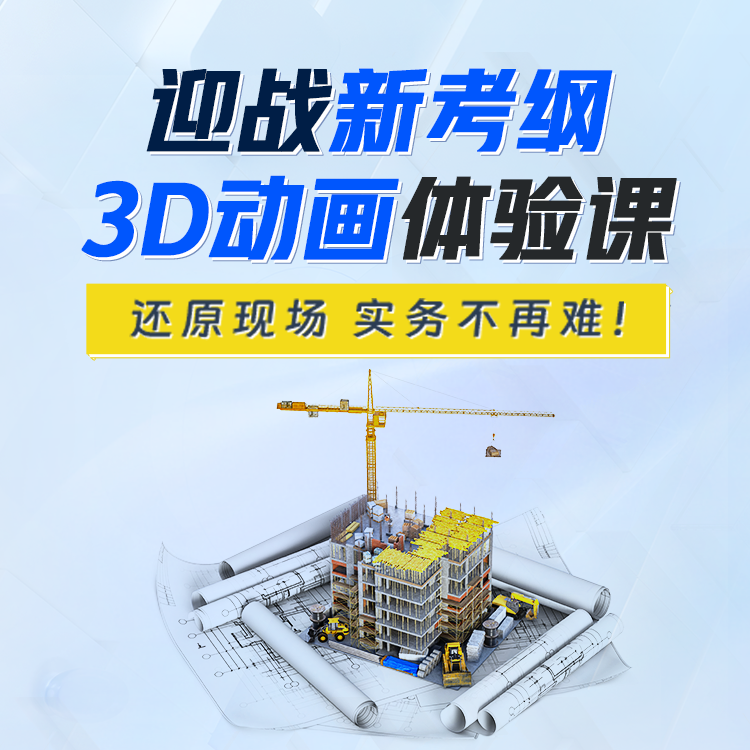【摘要】 GRE网权威发布2017年GRE阅读综合整理考前练习题及答案,更多2017年GRE阅读综合整理考前练习题及答案相关信息请访问GRE留学外语考试网。
GRE网权威发布2017年GRE阅读综合整理考前练习题及答案,更多2017年GRE阅读综合整理考前练习题及答案相关信息请访问GRE留学外语考试网。The finding that there were rock-melting temperatures on asteroids for sustained periods is puzzling: asteroids’ heat source is unknown, and unlike planet-sized bodies, such small bodies quickly dissipate heat. Rubin suggests that asteroids’ heat could have derived from collisions between asteroids. Skeptics have argued that a single impact would raise an asteroid’s overall temperature very little and that asteroids would cool too quickly between impacts to accumulate much heat. However, these objections assumed that asteroids are dense, solid bodies. A recent discovery that asteroids are highly porous makes Rubin’s hypothesis more plausible. When solid bodies collide, much debris is ejected, dissipating energy. Impacts on porous bodies generate less debris, so more energy goes into producing heat. Heat could be retained as debris fall back into impact craters, creating an insulating blanket.
1. The passage suggests that one factor that has made it difficult to account for the temperatures once reached by asteroids is
A. a miscalculation of the frequency of asteroid collisions
B. a misconception about asteroids’ density
C. a mistaken assumption about what the heat source of the asteroids was
D. an underestimation of the rate at which small bodies lose heat
E. an erroneous view of how asteroids were formed
Consider each of the choices separately and select all that apply.
2. It can be inferred from the passage that Rubin disagrees with skeptics mentioned in the passage about which of the following?
A. Whether porous bodies generate less debris when struck than do solid bodies
B. The temperatures asteroids would have to reach for their rocks to have melted
C. The likely effect of impacts on asteroids’ temperatures
答案:
B C
